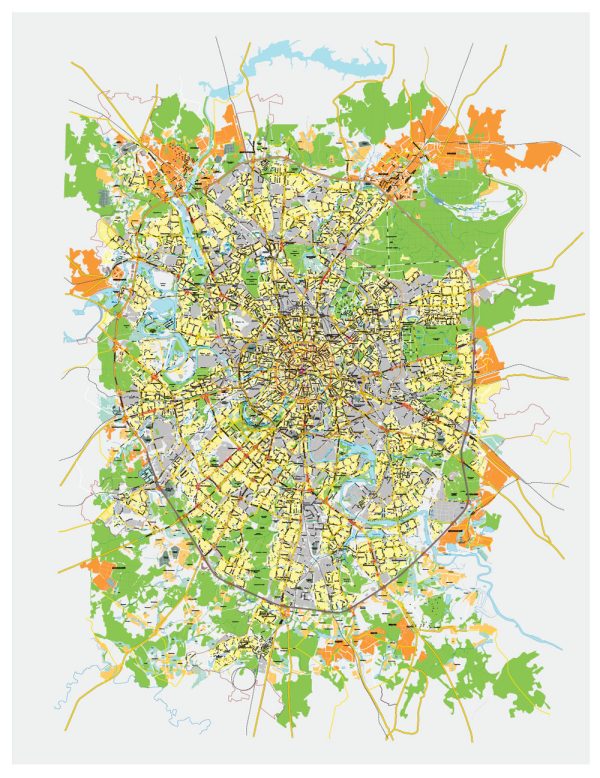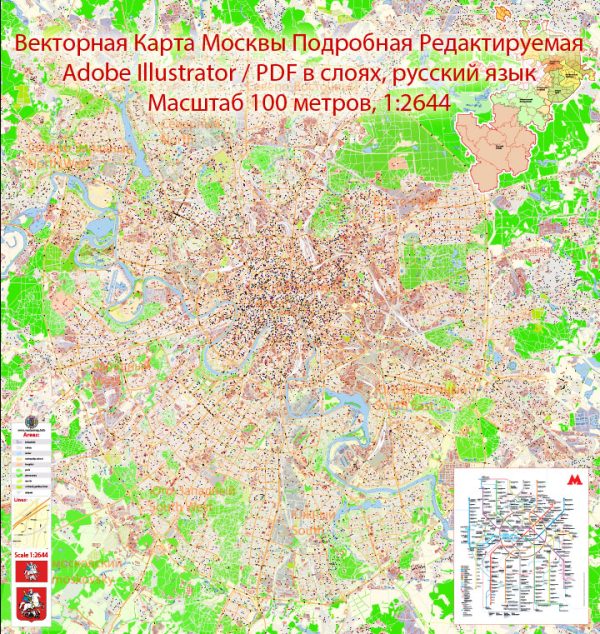Moscow, the capital city of Russia, has a rich history of urban development that spans over centuries. The city’s evolution reflects the political, social, and economic changes that have occurred in Russia throughout its history. Here’s a brief overview of Moscow’s historical urban development:
- Medieval Moscow (12th-15th centuries):
- Moscow’s history dates back to the 12th century when it was established as a small settlement on the Moscow River. It served as a fortress to defend against invasions.
- The city gradually grew in importance as a trade and political center, and by the 13th century, it became the seat of the Grand Duchy of Moscow.
- The construction of the Moscow Kremlin, a fortified complex at the heart of the city, began in the 14th century and played a crucial role in Moscow’s development.
- The Tsarist Period (16th-17th centuries):
- Moscow continued to expand during the reign of Ivan the Terrible (16th century) and later under the Romanov dynasty (17th century).
- Architectural landmarks such as St. Basil’s Cathedral were constructed during this period.
- The city’s layout was characterized by wooden structures and narrow, winding streets.
- Imperial Russia (18th-19th centuries):
- Moscow underwent significant changes during the 18th century under the rule of Peter the Great. The city was modernized with the introduction of Western architectural styles and city planning.
- The neoclassical style gained prominence, and many new buildings, squares, and boulevards were constructed.
- The population of Moscow increased, and the city became a cultural and economic hub.
- Soviet Era (20th century):
- The Soviet period saw extensive urban planning and industrialization. Moscow became the political and administrative center of the Soviet Union.
- Large-scale construction projects, including the Moscow Metro and the Seven Sisters skyscrapers, characterized this era.
- Residential areas expanded, and the city’s skyline changed with the introduction of modernist architecture.
- Post-Soviet Period (1991-present):
- With the dissolution of the Soviet Union, Moscow underwent further transformations. The city experienced economic growth, leading to the construction of modern skyscrapers and business districts.
- Historic buildings were restored, and new cultural and commercial centers emerged.
- The Moscow International Business Center (Moscow-City) became a symbol of the city’s modernization.
- Contemporary Moscow:
- Today, Moscow is a vibrant metropolis with a mix of historical and modern architecture.
- The city continues to develop, with ongoing urban renewal projects, infrastructure improvements, and efforts to enhance public spaces.
Moscow’s urban development reflects the dynamic history of Russia, blending its ancient roots with the influences of various historical periods. The city remains a cultural, political, and economic center on the global stage.



 Author: Kirill Shrayber, Ph.D.
Author: Kirill Shrayber, Ph.D.